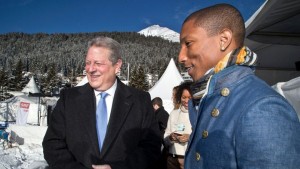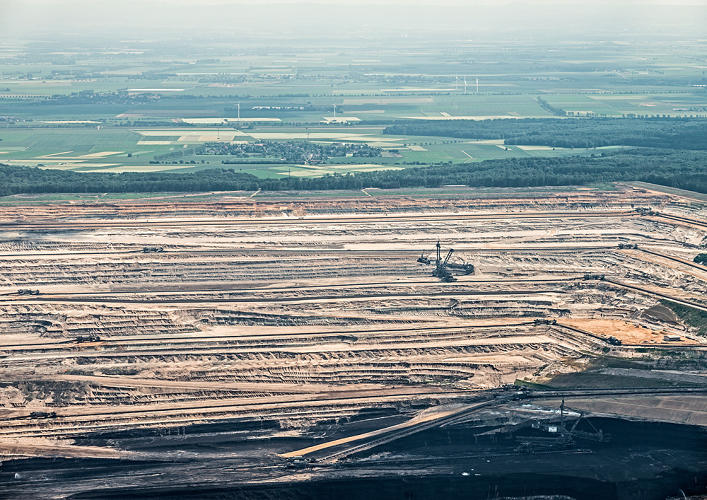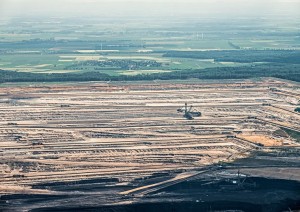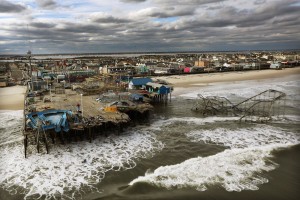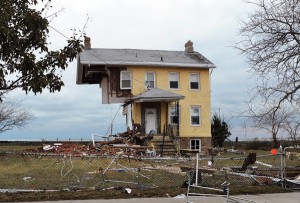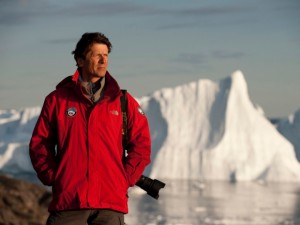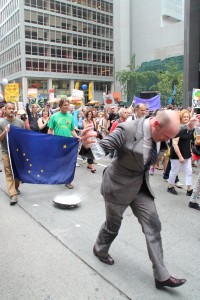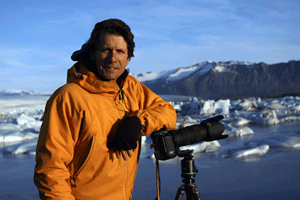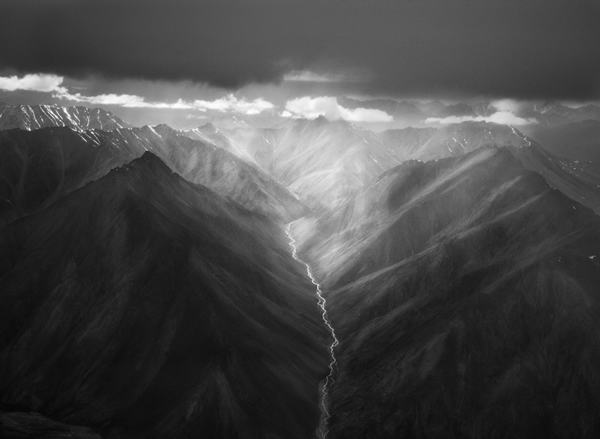The post Lima preparation for Paris is already underway. While each country and their delegations have their own expectations and responsibilities, it is imperative that the entire global community prepares as well. What better way to spread global awareness and participation than with live music!? Al Gore and pop icon Pharrell Williams have teamed up to announce a global Live Earth concert in June. This concert, with its purpose to demand climate action, will be staged in six cities on all seven continents. Yes, Antarctica will also be participating in this global event. On this day, the entire globe will stand up together for a cause that is affecting all aspects of our shared planet. The ultimate goal of this music festival is to collect 1 billion signatures to encourage world leaders to adopt a new climate agreement in Paris at COP21. There is a lot of pressure for the outcomes in Paris, especially after 2014 was recorded as the Earth’s warmest year on record. A global event like this could be groundbreaking for increasing public action and awareness.
[youtube_sc url=”https://www.youtube.com/watch?v=IALnX1qGx7w”]
http://www.rollingstone.com/music/news/pharrell-al-gore-live-earth-2015-20150121

